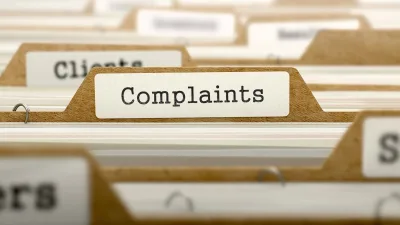Rise in share ownership hits wall
The rise and rise of share ownership has come to a dramatic halt, with the latest Australian Stock Exchange (ASX) showing its first decline in years.
The share ownership figures, showing a decline from 54 per cent in 1999 to 52 per cent at the end of 2000, are made even worse due to the fact that about 500,000 new investors entered the stock market with the float of the NRMA last year.
"Certainly it would have appeared to have plateaued or stabilised, but share ownership in Australia remains at a very high level (compared to other countries)," says ASX spokesman Gervase Greene.
When the ASX released a similar survey in 1999, 31.9 per cent of Australians owned shares. In 1998 28.5 per cent were share owners.
While the number of shareowners remained relatively stable, some demographics have shifted, most notably with women.
Women now make up 47 per cent of direct shareholders compared to 36 per cent last year. The incidence of direct ownership among men eased from 45 per cent to 41 per cent.
Also, investors aged under 35 years were more likely to have divested in the past 12 months than older investors.
The survey also found half of all investors remained "relatively passive".
"About half of all direct shareowners hold only one or two stocks in their portfolio, and about the same proportion had not traded in the previous 12 months," the ASX says.
Recommended for you
AFCA has confirmed United Global Capital’s membership of the body will not be extended to accept further complaints, avoiding a repeat of the Dixon Advisory scenario.
Three of Australia’s largest financial advice groups have shared their thoughts with Money Management on whether they would include crypto on their approved product lists.
Shadow treasurer Angus Taylor has vowed to introduce a bill to legislate a raft of financial services reforms if the Coalition is elected.
Money Management examines the share price of financial advice licensees over one year to 31 March, with M&A actions in the final quarter having a positive effect for two licensees.














